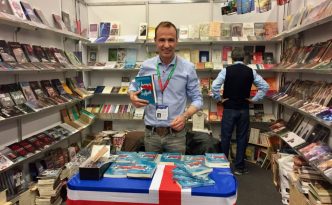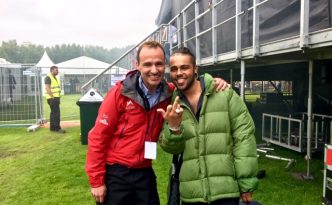
Photographer Kim Manresa interview
Photographer Kim Manresa interview is an article by the Spanish writer in Iceland Jordi Pujolá, with the support of Icelandic Mountain Guides. …

Photographer Kim Manresa interview is an article by the Spanish writer in Iceland Jordi Pujolá, with the support of Icelandic Mountain Guides. …

Victor del Arbol interview by Jordi Pujolá, Spanish writer in Iceland, with the support of Icelandic Mountain Guides 15 % discount using …

International Book Fair Guadalajara in Mexico (FIL) is an article by Jordi Pujolá, Spanish writer in Iceland. With the support of Icelandic …

Birgir Stefansson Interview by the Spanish writer in Iceland Jordi Pujolá @Birgirsstefans «The most shocking for an Icelander is the Spanish siesta» …

Asa Interview by Jordi Pujolá, Spanish writer in Iceland with the support of Icelandic Mountain Guides, Iceland Rovers (tailor trips) and Secret …

Ottar Nordfjord interview is an article by Jordi Pujolá, Spanish writer in Iceland, with the support of Icelandic Mountain Guides and Iceland Rovers Read the …

How are the Icelanders is a translation of the original article Cómo son los islandeses? on the blog www.escritorislandia.com Read the full …

Aron Can interview is an article by Jordi Pujolá included on the section La Contra Islandia (interviews to Icelandic and Spanish artists to put …

Baltasar Kormákur interview is an article by Jordi Pujolá with the support of Icelandic Mountain Guides and RIFF Reykjavik International Film Festival Don´t …

Mads Mikkelsen interview The RIFF International Cinema Festival of Reykjavik gave the Creative Excellence Aware to the actor Mads Mikkelsen in Höfði, …